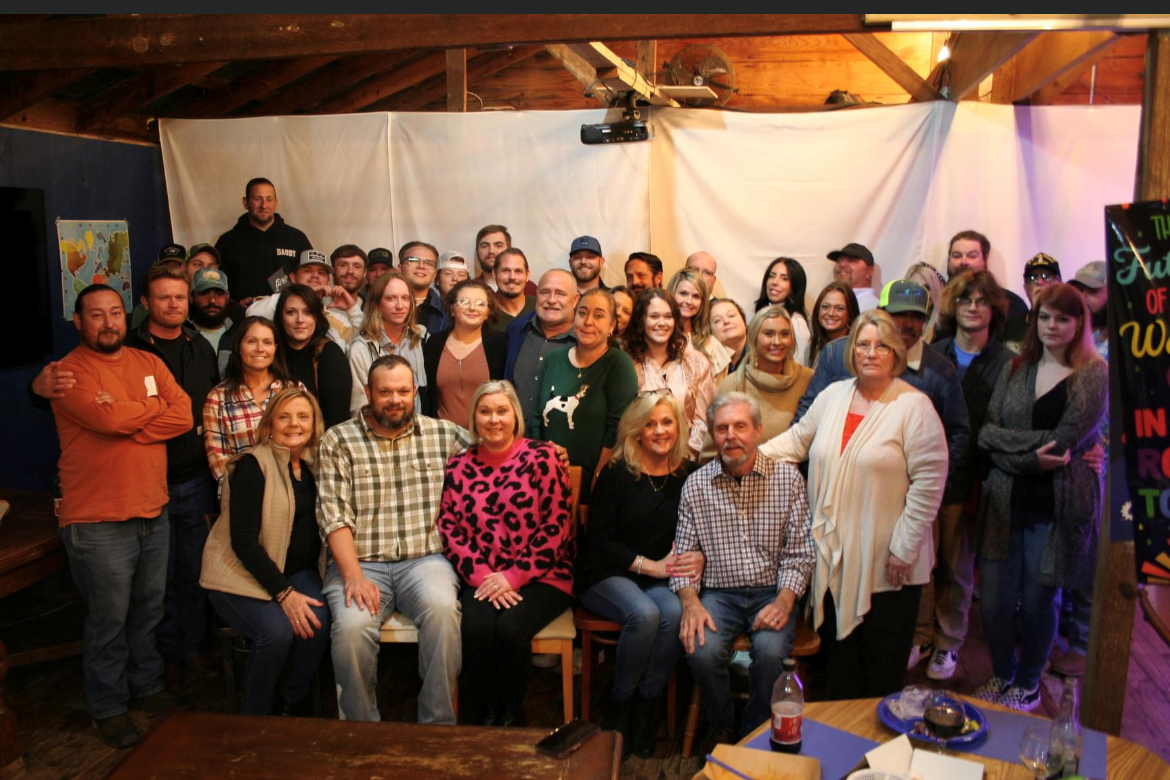In the spring of 2021, I started conducting individual interviews with each employee at the company that I had recently acquired.
I wanted to learn their personalities and goals, both personal and professional. Our employees inspired me to think outside the box.
During my interviews I discovered that many employees wanted to buy a house, a boat, etc., but most felt that those goals were unattainable.
I asked if they wanted financial help planning for those goals. Almost all said yes. Of those, I asked them to write down their monthly and weekly budget. Many didn’t have a budget, so I asked them to write a list of their expenses. When I dug into their expenses, I learned they would eat at a convenience store or fast food restaurant everyday instead of packing lunches or eating breakfast before leaving the house.
I noticed symmetries in how our employees got their nutritional sustenance and this perceived inability to purchase a house. I became concerned not only for the employees’ financials, but also how they fed the physical energy demands of a full day. Because of the labor shortage and our industry’s inability to find talent, I decided to focus on making sure we were maximizing the performance of our existing employees before doubling down on finding new help.
To help these staffers meet their personal goals, and foster the company’s success, I initiated some new programs as a result of these interviews.
Implementation phase
Professional athletes use their bodies to earn a living, so they tend to treat their bodies as finely tuned machines with personal trainers, chefs and life coaches.
But where most professional sporting events last three hours, our employees spend eight to 10 hours a day using their bodies to earn a living. Much of that work is done in blistering heat, rain, snow and cold temperatures. But not all of us can afford personal trainers, chefs and life coaches. And many employees were relying on convenience stores, fast food restaurants and energy drinks to fuel the grueling work day.
To help, I hired a holistic counseling business to take on our Human Resources Department. Mosaic Health and Wellness, located in Birmingham Ala., has nutritionists, dieticians, cognitive behavioral therapists, yoga instructors and an ordained pastor on staff.
We also offered financial education. We began by teaching how to properly read a pay stub and about how earning compound interest through a 401k program can be a significant strategy for long-term financial security.
Secondly, we explained that convenience stores, fast food lanes and energy drinks were an expensive options for nutritional sustenance. Being disciplined and packing a lunch was healthy and could produce financial benefits. On average, an employee spends $25 to $30 per day buying meals and snacks. Packing a lunch could result in a savings of almost $20 per day. Extrapolated across a work week, month and annually that could result in a savings of $100 per week, $400 per month or $4,800 per year. This savings translate into a down payment on a house, car or family vacation.
Essentially, we were eating our goals that we didn’t think were attainable.
In addition, a diet of convenience store snacks, fast food and energy drinks can produce employees who crash mid-afternoon. It seemed that changing how we fueled up could result in more productivity by supplying the necessary energy to complete the last several hours of the work day. I pitched the concept of voluntarily ditching convenience stores and fast-food restaurants. Our employees weren’t super receptive, so I decided to outlaw stopping at convenience stores and fast food restaurants while on the clock. In exchange, the company provided water and Gatorade, and then we placed YETI coolers on each truck, so employees could keep their lunches and drinks cold.
Bridging the divide
Through the interviews, I also learned more about generational differences, especially the feeling by seasoned staff that newer employees don’t work long enough hours, and that they spend too much work time on their cell phones.
I needed them to better understand our younger staff. Just because they liked working long hours didn’t mean everyone around them should. Instead of focusing on deficiencies, we should focus on each employee’s strengths and put them in environments where they would succeed.
As a compromise, we told younger employees that they could check text messages and social media accounts in between customers and store duties. We created a private group on Facebook which is only for Adcock employees. This allows us to communicate with our staff company meeting dates and announcements, but on their terms. Our private group is now also a fun way for employees to share their days with members of other departments.
In 2022, we more than doubled our new pool builds versus 2021. Retail store sales also doubled time frame. While COVID and inflation have created an uptick in revenue growth for many pool businesses, I believe one reason Adcock’s is surviving succession is because of our newfound understanding of our employees.



